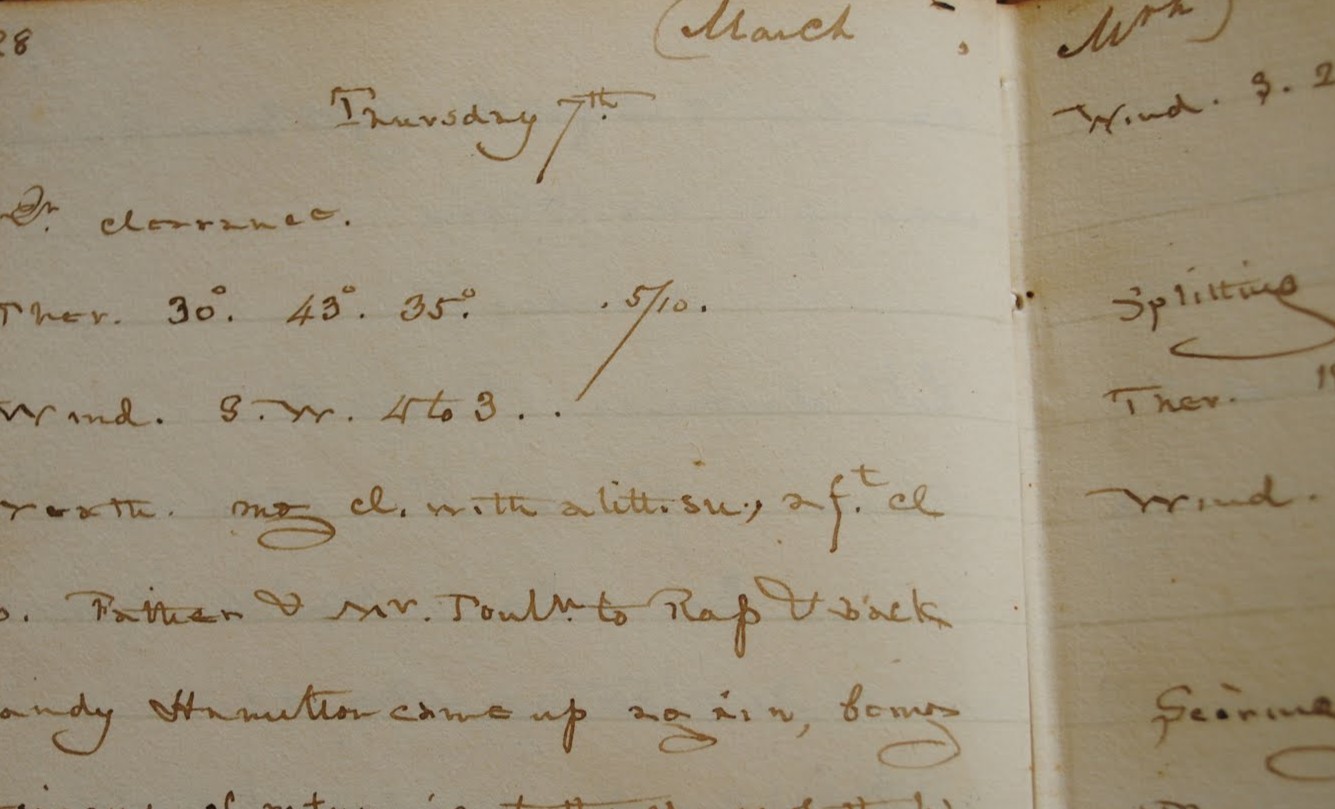Lambton's Communal Experiment: The Maxwell Settlement
Robert Owen, a Welsh entrepreneur and social reformer who was disheartened by the wretched working conditions that plagued Britain during the industrial revolution introduced socialist reforms in the mill he managed in New Lanark. He provided educational facilities for his workers; started a company store with lower prices and credit; and wrote essays and delivered lectures on communes and social living. One of these lectures was heard by Henry Jones. Jones was inspired to establish an Owenite colony populated with displaced British workers in the New World.
Jones’ initial petition for land was refused because he lacked enough settlers and demanded extensive government funding; his second petition requested to settle fewer families at his own expense. In late 1828, Jones received his grant, and his settlers set sail from Scotland. The party had approximately fifty men, women and children, including Jones.
In late April of 1823, the party arrived in what is now part of Brights Grove in Lambton County and established Maxwell Settlement. Their communal home had a two-story central block which contained the common dining room, kitchen and living rooms. Two single-story wings contained private rooms for each family. [Maxwell and Henry Jones, Lambton's Communal Settlement, Helen Burrowes, p. 20]. They had a storehouse for supplies and a blacksmith shop.
Following the tenants of social theory, Jones believed human beings were inherently selfless, hard-working, and good intentioned. Maxwell's settlers did not live up to Jones' ideal. The community began to crumble after less than a year with the departure of Henry Baird, the young blacksmith. More and more settlers would peel off, and Jones became distracted with legal troubles back in Britain.
Lambton's experiment in communal living may have failed, but Jones left a legacy. He is credited with bringing an optimistic spirit of community and freedom to Lambton while the area was still wild and untamed. Additionally, the center street of a lot he owned was subdivided and named Maxwell Street after that fledgling communal settlement.


 Subscribe to this page
Subscribe to this page